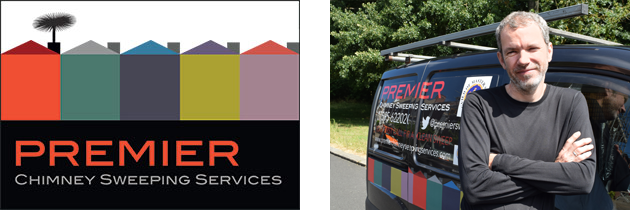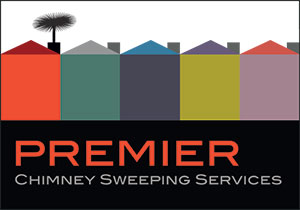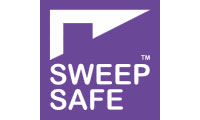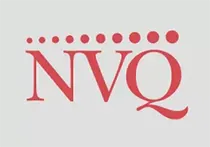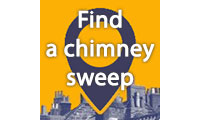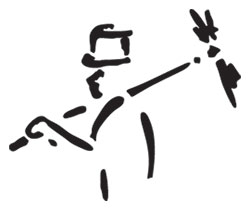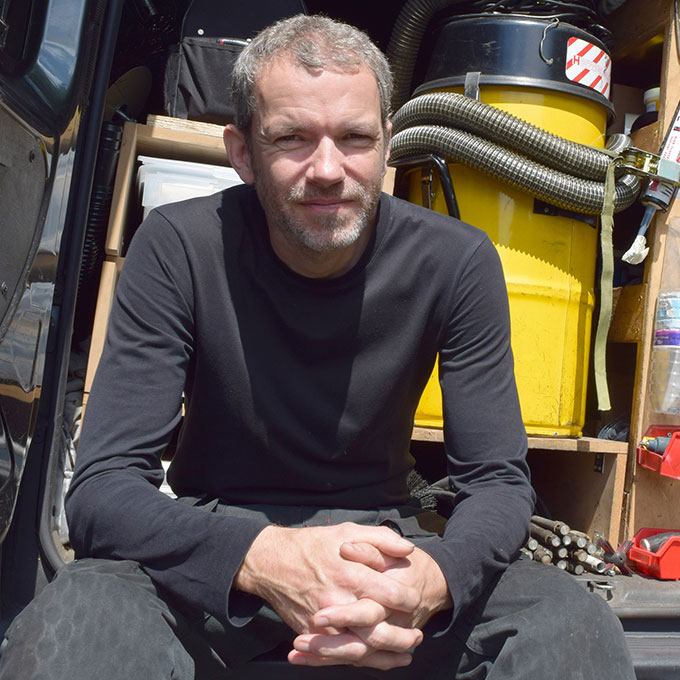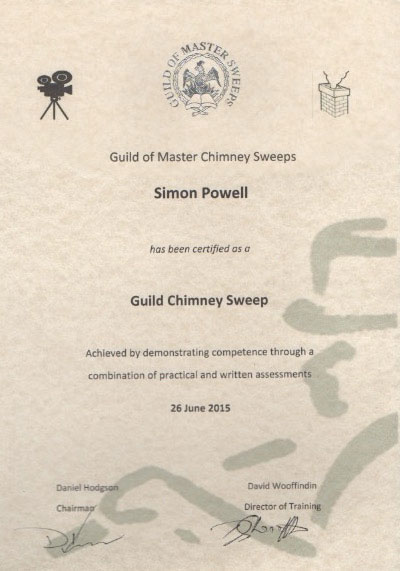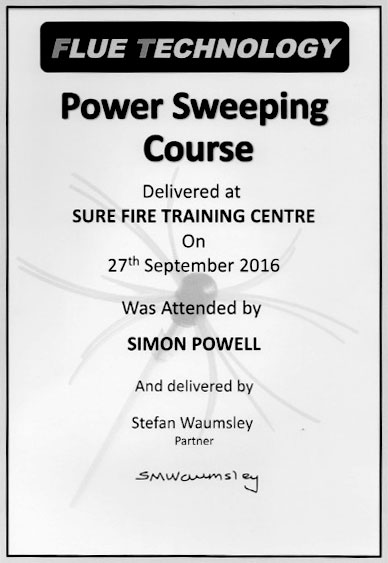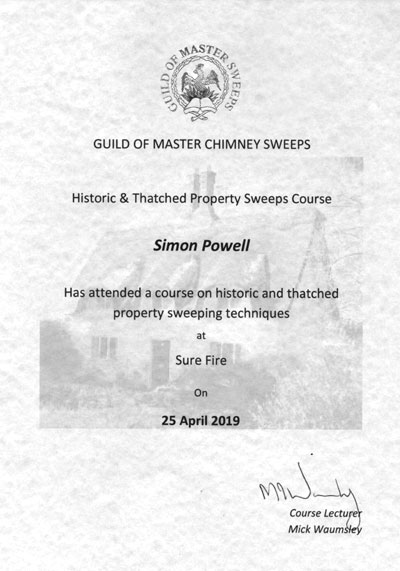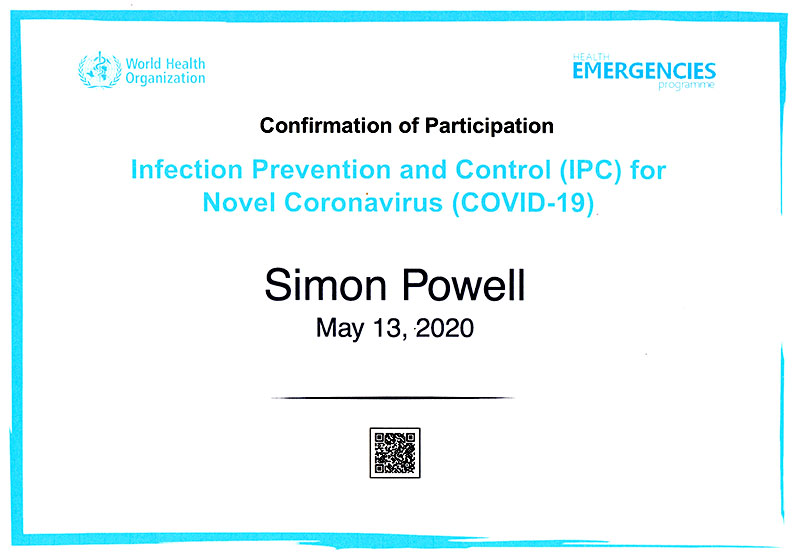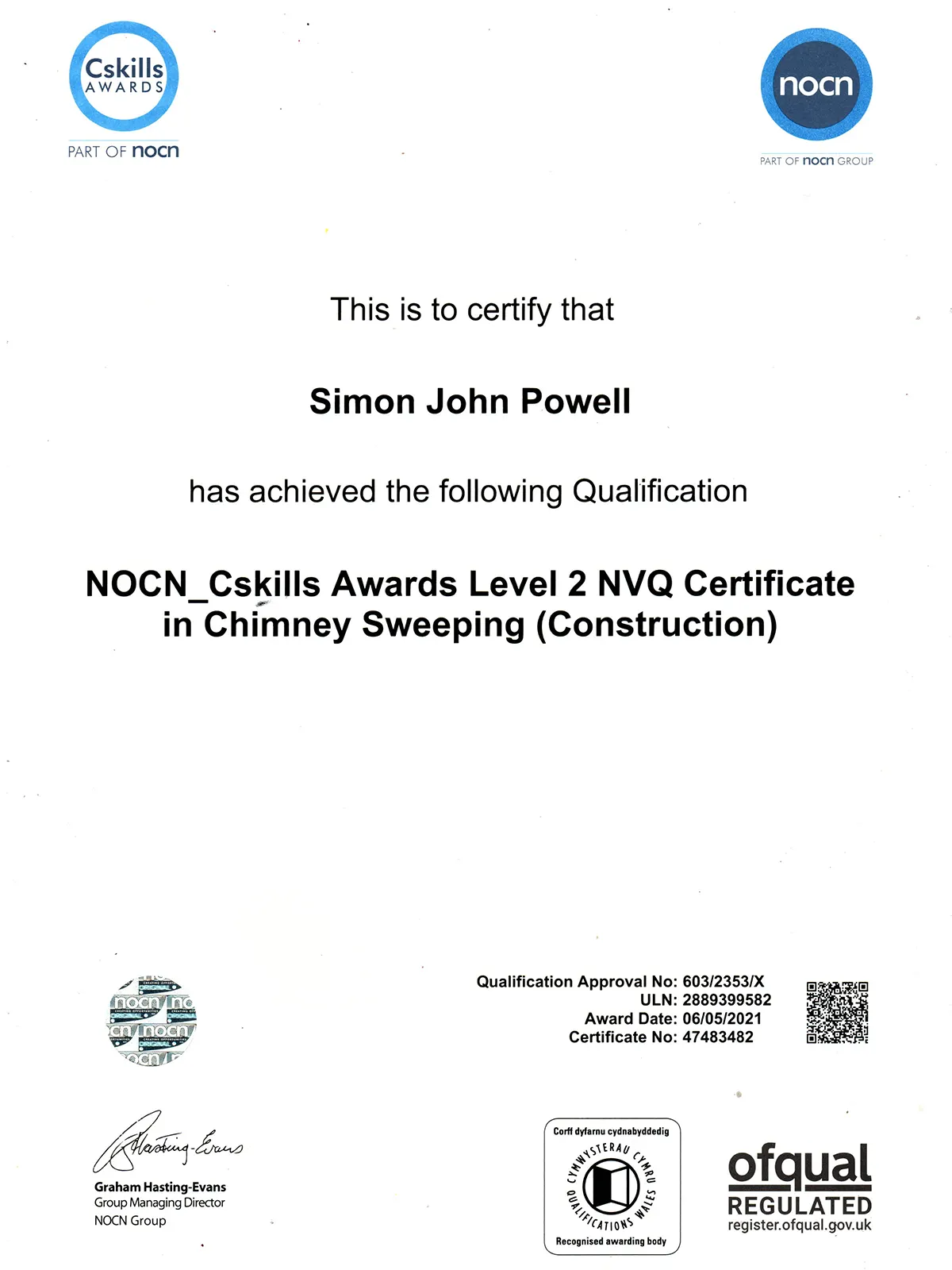SERVICES PROVIDED
Poor draw up your flue? Smoky fireplace? Not sure if you need your chimney swept?For a problem solving chat, more information on what I do, or to make a booking, please call: 0759 562 2020 / 0191 268 3147 or
email us now!
Stove and Liner / Open fire / Gas fire - £65
Unlined Stoves – £80 to £95
This includes:
- Visual inspection of the stack, pot and cowl (if applicable)
- Checking the installation and ventilation requirements meet current regulations (Document J Building Regulations 2010)
- Inspection of your appliance including the checking of all seals, glass and associated gaskets as well as the condition of the flue pipe
- Removal and cleaning where practicable of the fire bricks and baffle plate and reassembly
- Cleaning of the glass and fittings where practicable
- Sweeping as per the Guild of Master Sweeps Code of Practice
- Carrying out a smoke draw test using a smoke pellet
- Issuing a Guild of Master Sweeps Appliance Sweeping / Servicing certificate (insurance industry recognised)
Builder's Opening Sweep - £65 to £90
A builder’s opening is any access into the flue that doesn’t contain an appliance, and covers everything from a hole in the wall to a large inglenook opening.
This includes:
- Visual inspection of the stack, pot and cowl (if applicable)
- Sweeping as per the Guild of Master Sweeps Code of Practice
- Carrying out a smoke draw test using a smoke pellet
- Issuing a Guild of Master Sweeps Appliance Sweeping / Servicing certificate (insurance industry recognised)
- Document J Building Regulations 2010)
Other Services Provided
- Installation of carbon monoxide and smoke alarms
- Installation of replacement fire rope and fire bricks
- Removal of tar / creosote prior to re-lining
- I can arrange CCTV camera surveys and chimney pressure testing
Bird nest removal
The nesting season for jackdaws is between March and August so I only remove nests between September to February unless they can be proved to be redundant.
I use a traditional rod and brush/power sweeping method or a Viper continuous rod system depending on what your chimney needs.
WHY SHOULD I GET A SWEEP?
A regularly swept chimney will efficiently and safely remove all the harmful waste from gases and soot particles that are produced by your appliance, whether you are burning wood, coal, smokeless fuel or oil – and contrary to what some people believe, the flues of wood burning stoves definitely still need sweeping, even if they are lined. And smokeless fuel isn’t smokeless!
Benefits of regular sweeping
Regular sweeping by a qualified chimney sweep will prevent any build up of soot, tar and creosote within the flue, which is vital for two reasons:
- Soot and creosote that builds up in your flue is a potential fuel for a chimney fire. And if you’ve never seen a chimney fire there’s a photo of one below – while they’re spectacular, you definitely wouldn’t want one in your house!
- As these sooty deposits build-up in the flue they reduce the ability of the flue to ‘draw’ air.
This soot and creosote deposit is bad news on two fronts:
i) lack of air movement in the flue can result in the waste gases recondensing in the form of highly flammable creosote – when it’s bad it looks like someone has poured a bucket of wet tar down the chimney, as you can see in the photos below. And unfortunately creosote can’t simply be removed with a brush. It needs treating with chemicals that will effectively dry it out and make it less flammable, which then means I can sweep it out with specialist equipment.
ii) lack of air movement can cause deadly carbon monoxide gases to enter the room in which the appliance is situated. Have a look in the Safety section below which has a lot more on the dangers and symptoms of carbon monoxide poisoning.
How often?
| Fuel type | Sweeping frequency |
| Smokeless fuel | Once per year |
| Coal | Twice per year |
| Wood | Quarterly |
| Gas | Once per year |
| Oil fired | Once per year |
No floor? No problem! All in a day's work.
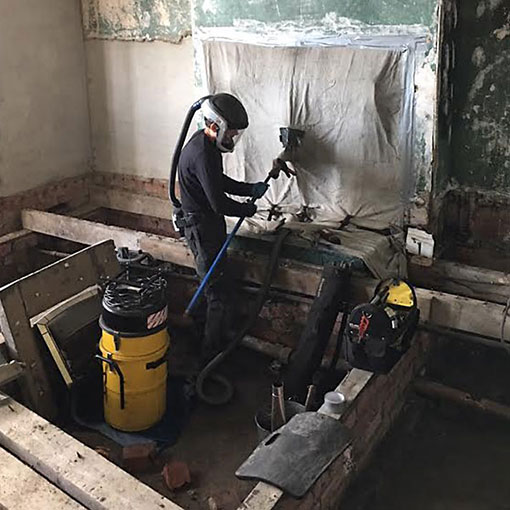
An expert on hand
As well as this, getting a qualified chimney sweep in on a regular basis also means you’ll have an expert on hand who can advise you on the best burning practices and fuel for your appliance, give advice regarding the health of the flue, chimney stack, pot and cowl, and flag up problems you may not be aware of, all at no extra cost (although a cup of tea always helps!).
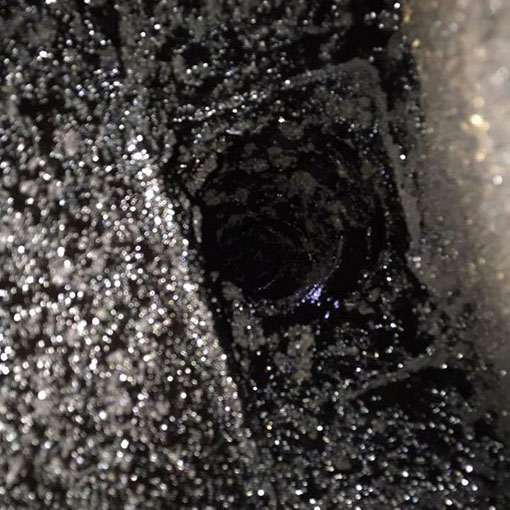
Wet or poorly seasoned wood is the main culprit for creosote production in a flue
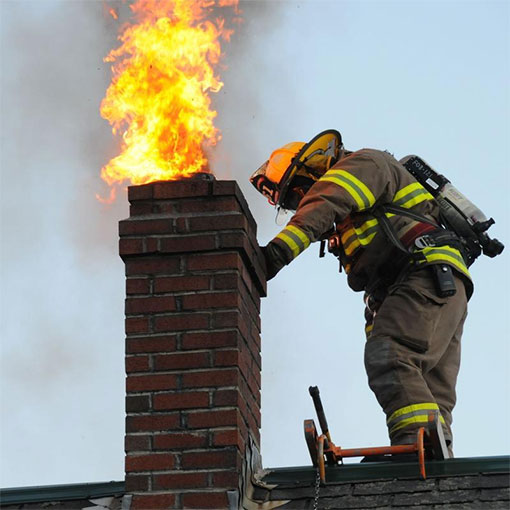
Chimney fire – you definitely wouldn’t want one in your house!
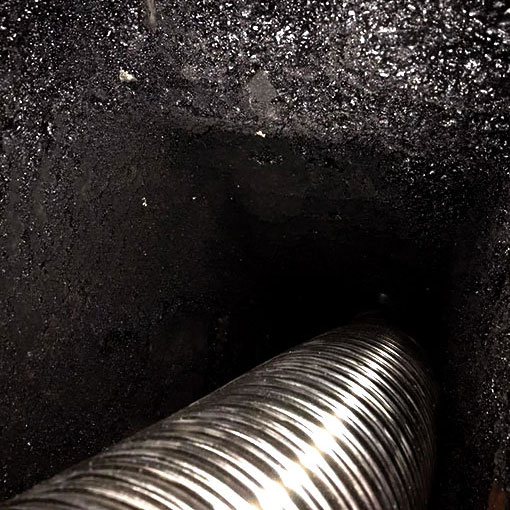
Heavily tarred flue with a liner in. This can still lead to a chimney fire!
WHAT TO EXPECT
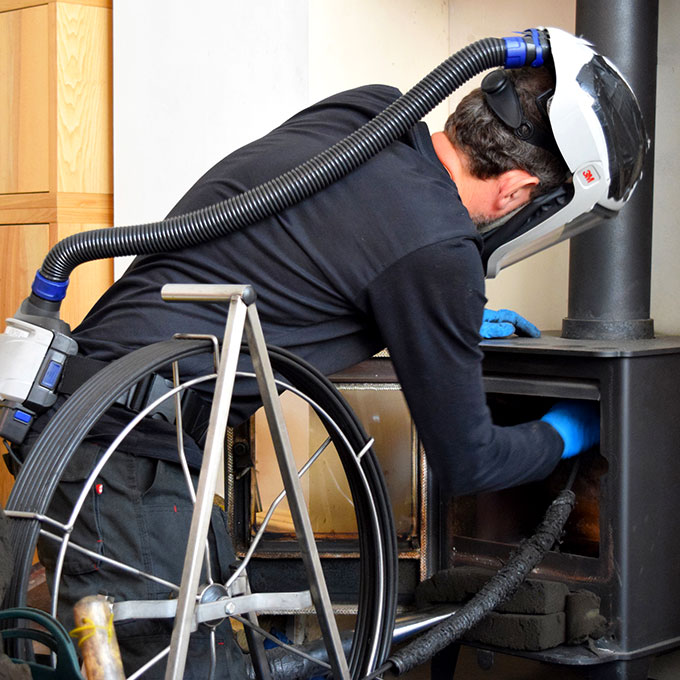
How do you do it?
What do you need to do before my arrival?
If you have an open fire it would be really appreciated if you could empty the grate, and if you have a stove the same goes for the ash pan.
If you have any paperwork regarding your stove – such as an instruction manual or the installation certificate / plate – it is often really helpful to have them to hand, but it’s no problem if they are unavailable.
Please remove any objects from the hearth area and surrounding mantels, and ensure that there is a clear path to the working area in front of the fireplace or appliance.
I will provide adequate dust sheets for the working area but will not be insulted if you choose to ‘sheet-up’ yourself!
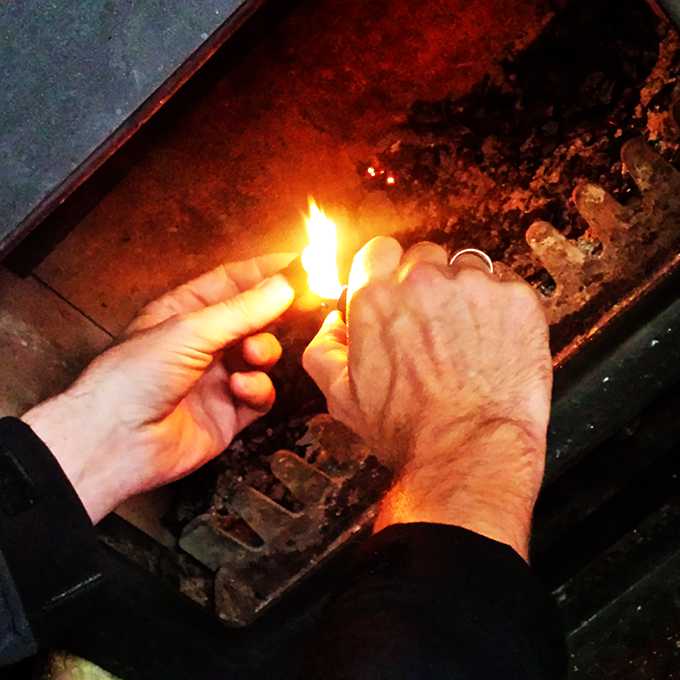
How long will it take?
On average it should take approximately 60 minutes to carry out the sweeping process from start to finish. However on the rare occasions when there is a large inglenook fireplace to clear or there is an obstruction in the chimney – such as a bird’s nest – it may take additional time, which is chargeable. Any additional charges will be discussed with you before any work is undertaken.
Please ensure the appliance or fireplace is not in use, and has had a minimum of 24 hours to cool – this is particularly important with Rayburn or Aga appliances!
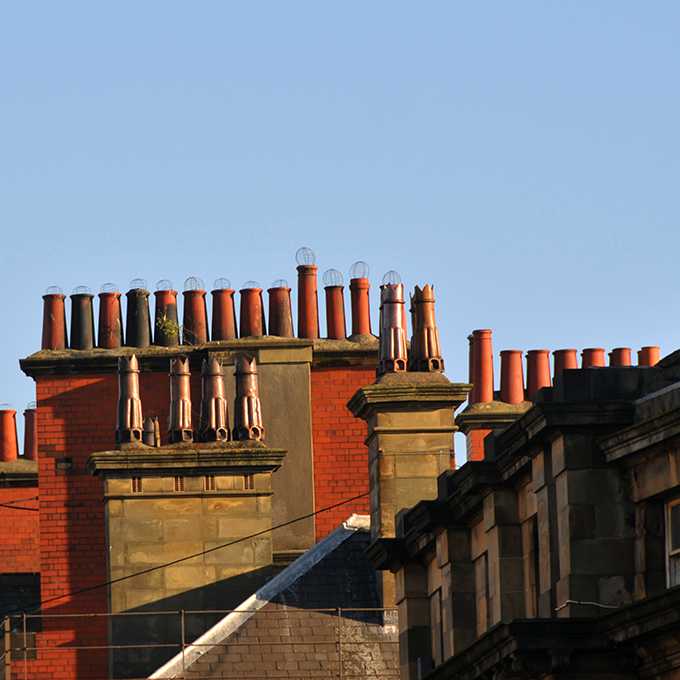

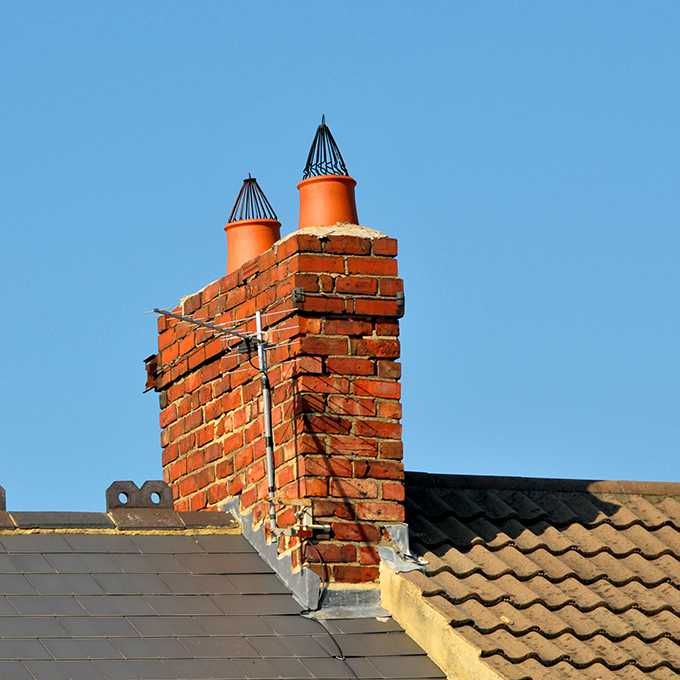
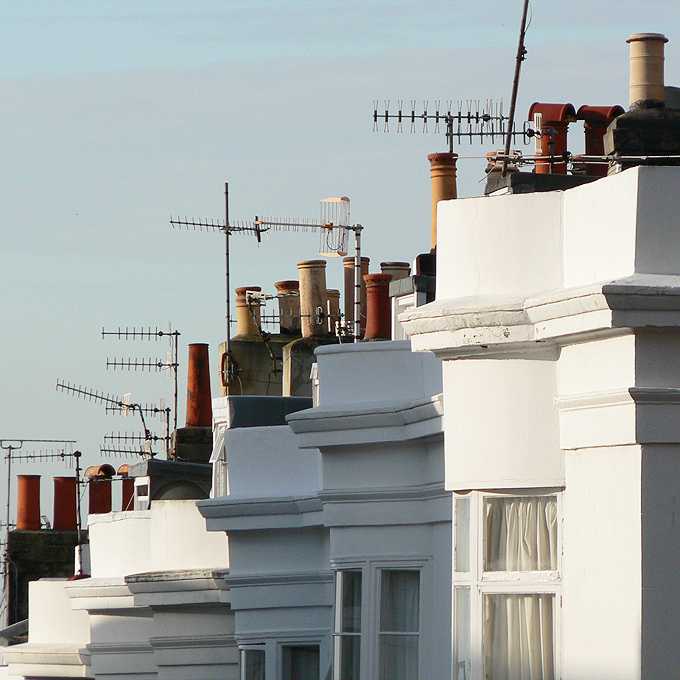
Pressure testing a flue in Whitley Bay. Considering the state of the pots, it was no surprise when it failed.
CLEAN & GREEN
Will there be any mess?
I take both your and my health very seriously; soot is not only a nightmare to get out of a carpet or rug, it’s also a recognised carcinogen. Extensive sheeting up, etc, before and during the sweep means that at worst only a minimal amount of soot can ever enter the room. By employing my Hepa filtered vacuum and the DC500 Aircube ‘airscrubber’ – a portable air filtration system that constantly draws air in from the surrounding environment and passes it through twin filters removing all air particles down to 99.995% – by the time I’m finished even those micro particles should be safely removed. And because I’m working with soot every day, I wear the latest 3M powered air purifying respirator and respiratory helmet for every sweep. That’s why I look like an extra from Star Wars in some of the photos!
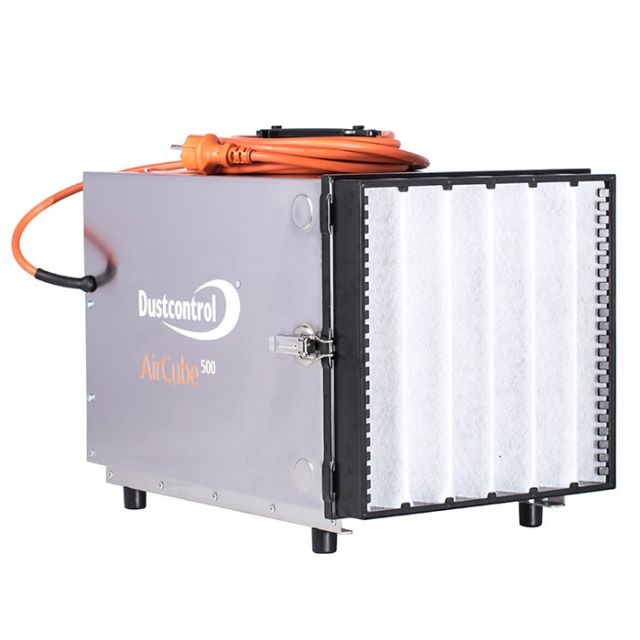
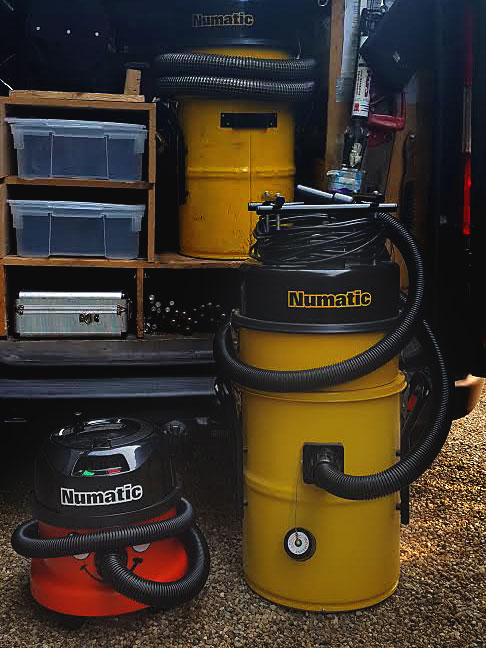
Re-use and recycle
Premier Chimney Sweeping Services aim to be green as well as clean! We re-use and recycle wherever possible, even to the extent of washing our “disposable” gloves to keep them out of landfill.

Checking the condition of a stove liner with my cctv
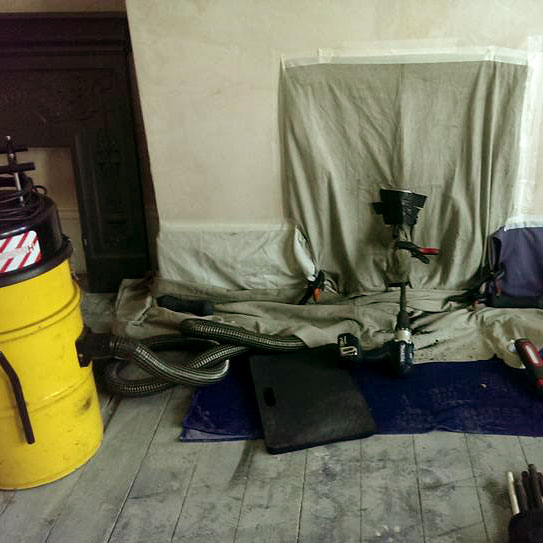
Securely sheeting up prior to sweeping a heavily used flue
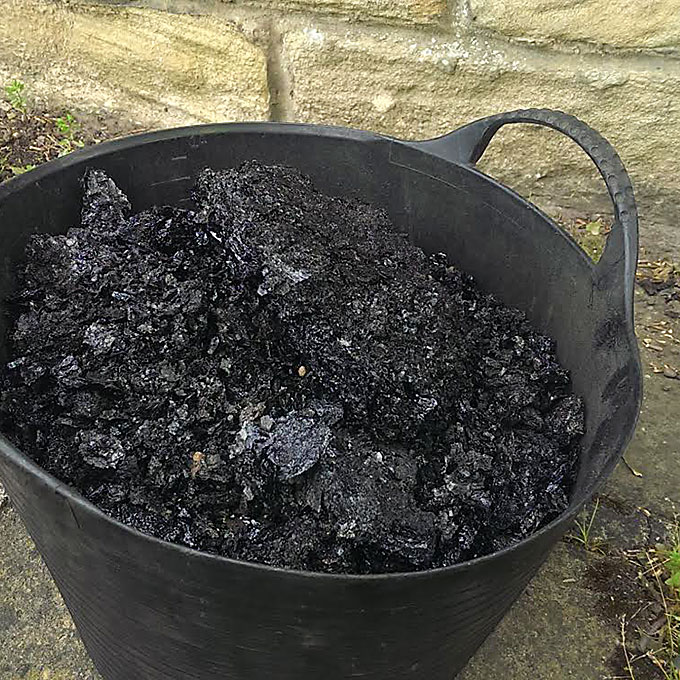
Burnt creosote deposits swept out after a chimney fire

Nesting debris removed from one very large nest in one very large flue!
Doing my bit for the environment. And these "disposable" gloves are far too good (and expensive) to dispose of after just one use!!
SAFETY
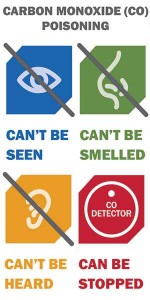 Every year in the UK, over 200 people go to hospital with suspected carbon monoxide poisoning, which leads to around 40 deaths. This should be of interest to anyone that burns solid fuels, as carbon monoxide (CO) is a colourless, odourless, tasteless, poisonous gas, produced by the incomplete burning of carbon-based fuels, including gas, oil, wood and coal, and carbon monoxide can be produced by any combustion appliance. If you have one of these appliances you should make sure that it is regularly serviced and maintained by a competent person and that your chimney is regularly swept. Early symptoms of carbon monoxide (CO) poisoning can mimic many common ailments and may easily be confused with food poisoning, viral infections, flu or simple tiredness. Symptoms to look out for include:
Every year in the UK, over 200 people go to hospital with suspected carbon monoxide poisoning, which leads to around 40 deaths. This should be of interest to anyone that burns solid fuels, as carbon monoxide (CO) is a colourless, odourless, tasteless, poisonous gas, produced by the incomplete burning of carbon-based fuels, including gas, oil, wood and coal, and carbon monoxide can be produced by any combustion appliance. If you have one of these appliances you should make sure that it is regularly serviced and maintained by a competent person and that your chimney is regularly swept. Early symptoms of carbon monoxide (CO) poisoning can mimic many common ailments and may easily be confused with food poisoning, viral infections, flu or simple tiredness. Symptoms to look out for include:
- headaches or dizziness
- breathlessness
- nausea
- loss of consciousness
- tiredness
- pains in the chest or stomach
- erratic behaviour
- visual problems
If you or your family experience any of the above symptoms and believe you may have been exposed to carbon monoxide, you should seek urgent medical advice from either your GP or an A&E department.
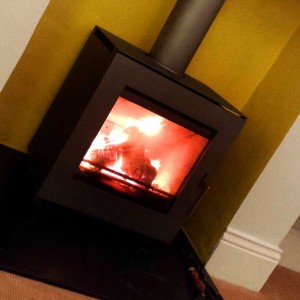
- Don’t ‘bank up’ the fire over-night, letting it slumber
- Ensure your chimney is inspected and swept regularly by a trained and registered sweep
- Ensure that the fire has adequate ventilation, and don’t block vents. Guild chimney sweeps are trained to check ventilation on every job and detail the results on your certificate
- Use registered installers for fitting solid fuelled appliances
- Fit audible Carbon Monoxide alarms and test them regularly
Further information can be found at: https://www.findachimneysweep.co.uk/safety/
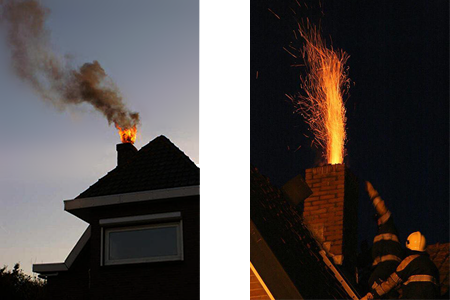 A chimney fire can often be the result of a heavy creosote build up in the flue. A fire occurs when the tar-like deposits ignite and burn uncontrollably within the flue – the damage is often not restricted simply to the flue and chimney stack, but can easily spread into roofing and structural parts of the building. The best prevention for chimney fires is to have the chimney swept and inspected regularly by a qualified Guild sweep.
A chimney fire can often be the result of a heavy creosote build up in the flue. A fire occurs when the tar-like deposits ignite and burn uncontrollably within the flue – the damage is often not restricted simply to the flue and chimney stack, but can easily spread into roofing and structural parts of the building. The best prevention for chimney fires is to have the chimney swept and inspected regularly by a qualified Guild sweep. | Fuel type | Sweeping frequency |
| Smokeless fuel | Once per year |
| Coal | Twice per year |
| Wood | Quarterly |
| Gas | Once per year |
| Oil fired | Once per year |




VIDEOS
Woodburning Stoves – Getting it Right
A step-by-step guide to using your woodburning stove
Wood and Moisture
A guide to testing wood for domestic use
frameborder=”0″ allow=”autoplay; fullscreen” allowfullscreen>
ABOUT US
I am a proud member of the Guild of Master Chimney Sweeps (GoMCS). The Guild was established with the goal of improving standards within the industry by introducing comprehensive training and assessments for chimney sweeps.
While UK sweeps are still not legally obliged to pursue any training or gain any qualifications in order to trade, for a chimney sweep to become a member of the GoMCS they must meet and adhere to strict criteria. This includes carrying comprehensive insurance and being fully equipped to deal with all job situations, whilst also undertaking various levels of training.
This means as a Guild sweep I can provide the highest level of service to my customers whilst having the support and experience of a national organisation.
And, as the Guild is owned equally by all its members, it acts like a co-operative, benefiting from the sharing of information. In this way I am able to draw on years of experience to solve any customer problems. And in the unlikelihood that I can’t help you, I’ll be able to recommend another Guild sweep that can!
The Guild of Master Sweeps now has a consumer website
Visit my profile and see my accreditations on the site here.

